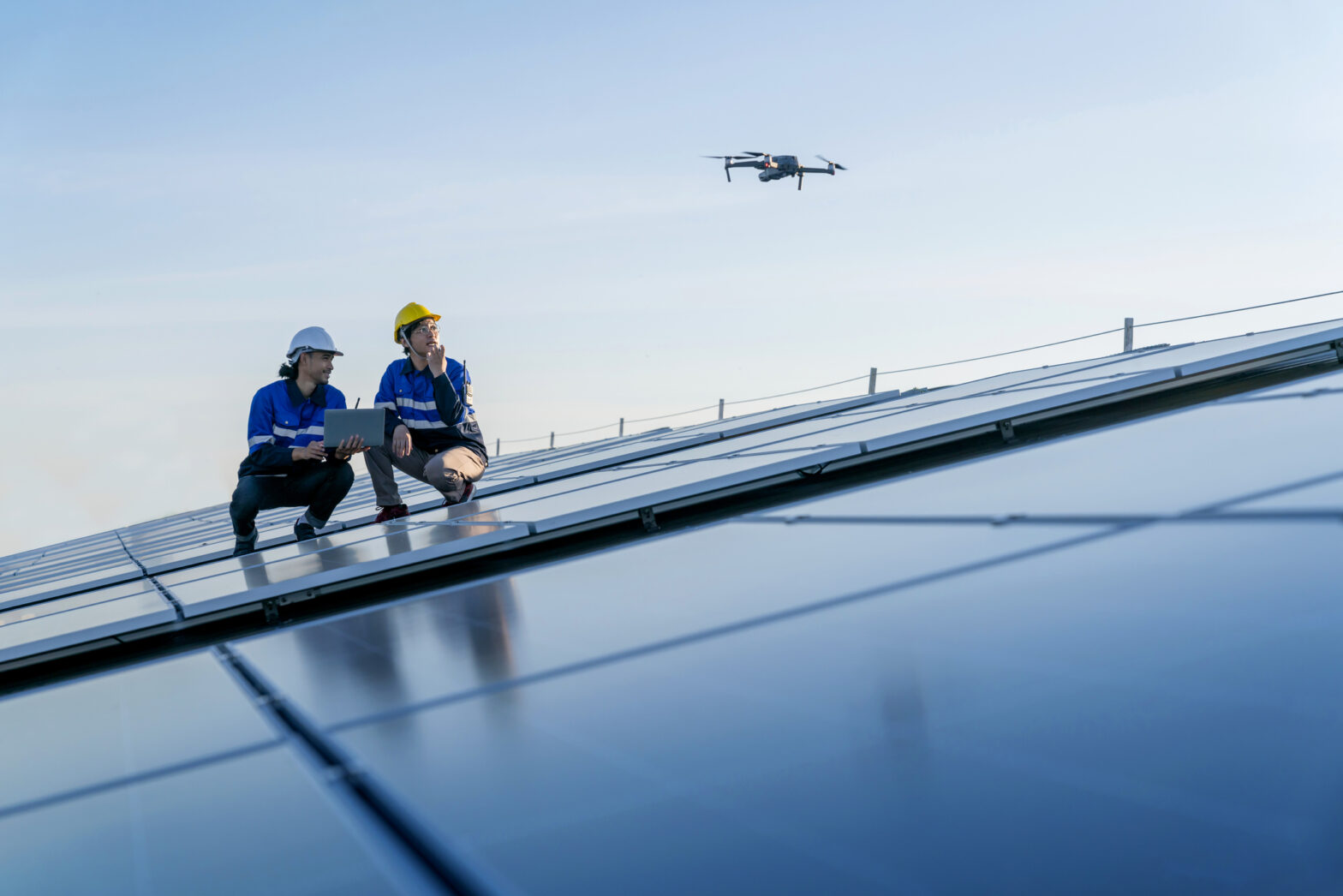For much of the last century, successful businesses were efficient businesses. They were organisations where all employees were occupied all of the time. Downtime was unproductive time and to be frowned on. Whether it was a factory assembling car after car on a production line, or a retailer checking customer after customer through its tills, or a creative shop churning out ad after ad, the emphasis was on volume, efficiency and operating at maximum capacity.
Then the world changed.
Advances in a host of technologies from data analytics to artificial intelligence to social media to robotics presented new opportunities, and a vanguard of disrupters seized that opportunity to outflank rivals still trapped in the thinking of the Industrial Revolution. To offer just three examples, Airbnb provided a fresh alternative to the blandness of efficient hotels. Deliveroo encouraged consumers to rethink the homogeneity of fast food, and Uber challenged established thinking across the entire transport sector.
These disrupters did more than create headlines; they reshaped consumer expectations, and all of a sudden the game is no longer about joining the vanguard, it has become a matter of adapting or dying. So, what do businesses need to do today to adapt to this new reality, to this rapidly emerging business model, to the end of efficiency?
From efficiency to responsiveness
First and foremost they need to make a difficult shift in mindset: they need to stop aiming to be 100% productive. For most of today’s business leaders this is not merely challenging – it is terrifying.
Yet, look at what Zara has achieved by ensuring its factories run at 80 per cent efficiency as standard. Sometimes that capacity simply lies dormant. Other times it’s used to respond to insight from its retail arm on the latest microtrends within three weeks. Its competitors, running at 100 per cent capacity in their factories, take nine months.
The result? In March 2017, Zara owner Inditex posted a 12 per cent rise in sales, a 10 per cent jump in profits, and a 13 per cent increase in the dividend – figures all the more impressive in the context of a tough retail environment. The chain’s founder and largest shareholder Amancio Ortega, is a retail pioneer of this shift from efficiency to focus. He is also the world’s fourth richest person.
From employees to partners
The most successful businesses of tomorrow will be those that today free themselves from the outdated thinking that insists on a workforce operating at 100 per cent They will re-engineer their operations so their workforce is operating at 80 per cent, perhaps 70 per cent, capacity. This will free their workforce to spend 20 per cent to 30 per cent of their time finding solutions to the major issues – the issues that no one has focused on previously because they have been kept 100% busy, running ever faster to just stay still.
Underpinning this shift in mindset is the realisation that employees are now more than arms to operate machinery, legs to walk aisles, and faces to mouth corporate platitudes. Most importantly, stop trying to get them to fit a neat little box. Accept people are different, they grow and contribute in different ways. It’s your job to figure out how to put that to use the best way. Look at the great work Heineken does with its X-Factor style call-outs for innovative ideas from its employees and the initiatives like useyourlocal.com that have resulted.
The best ideas will not necessarily come from the people in the organisation who are perceived to be the smartest. Empower everyone throughout the organisation. A workforce of 10,000 is likely to produce a better outcome than a crack team of 20. Give everyone responsibility for noticing and responding to customer demand, for finding a solution to the intractable problem, for developing new skills, perspectives and levels of understanding. Demand ideas, not just labour.
From tactical ads to strategic solutions
This is not an easy shift. Empowerment alone is not enough. It must be empowerment with information – but you then need to work out which information. For example when we began on this path four years ago we forgot the crucial step of facilitating the team leaders so they could lead this transformation and new way of working.
But in a way that is the point: individuals in your organisation, and your organisation as a whole, need to be empowered to make mistakes. Small, continual mistakes are learning opportunities and should be encouraged. Authority should be distributed to the edges, not clutched to the centre.
These are exciting times. The dominant business model is changing, and every day we must rethink our approach to ensure we remain relevant. Just as Zara needs to respond to today’s microtrend, so every day we need to think beyond briefs, ad campaigns, and this quarter’s consumer tracking. We need to search for answers to the most complex business challenges facing our clients, and surprise those clients with our ideas.
That is what the end of efficiency and the new business model means for our business. For every organisation there will be a different implication and a different response, but for all businesses this is a critical moment in time – it is time to break free of Industrial Age thinking and leap forward into the Age of Inefficiency.
Robin Gadsby is the CEO of creative communications company Forever Beta.







